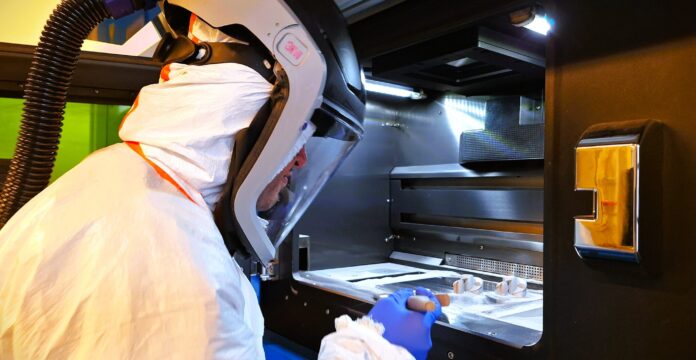Controlled electrical arcs can be fun, entertaining, and useful. Small arcs can sometimes be seen and heard for example while flicking a light switch. Although they are somewhat harmful to the switches and not really controller, these small arcs aren’t particularly dangerous as the currents feeding the small arcs are very limited and the arcs are quickly distinguished by the rapidly increasing spark gap inside the switch mechanism. It should, however, be noted that in case there is smoke, lightning and/or weird noises coming from a light switch, one should most definitely contact either an electrician, the fire department, or an exorcist, depending on the severity of the issue.
When arcs occur on the electrical transmission lines and equipment, they have much higher voltages and currents feeding the faults than in the case of your small homegrown arc faults. The exact amounts of energy released depend on several factors, but we can do some simple back-of-the-envelope calculations to get some rough idea:
Let’s assume a 35kV medium voltage line with a current of 12kA, we get a total power of (P=U×I) 420MW. Assuming an arcing time of just a one-tenth of a second, the released energy (E=P×t) ends up being whopping 42MJ. As a reference, a gram of TNT exploded releases 4184 joules of energy… which means that the described example case of an arc flash releases energy equivalent to about 10 kilograms of exploded TNT.
In the case of an open transmission line, there is generally a lot of open space around the arc fault and the faults get cleared by protective equipment such as protection relays or fuses. However, when the fault occurs inside a substation and enclosed equipment, the fault starts to be less like a noisy light show and more like a pipe bomb or a grenade.
The current state-of-the-art arc protection systems focus mainly on detecting and clearing arc faults as fast as possible to minimize the damages. One of the devices used for this purpose is the specialized arc protection relays, which can detect the arc faults and react to them faster than conventional protection relays. Arc protection relays are sometimes accompanied by so-called arc quenching devices, which transfer the fault into a more controlled environment until it can be cleared by other equipment. There also exists a wide range of personal protective equipment, heaviest of which resemble the bomb suits seen in various movies.
The holy grail of arc protection would be to have the ability to prevent the arc faults from happening in the first place. To prevent arc faults, we need to start to investigate their causes. It turns out that there are several possible causes, some of which can’t be reliably detected or prevented. For example, human error can be reduced by training, but never completely prevented. Issues caused by literal bugs and other pests are also difficult to accurately predict or eliminate. There are however certain types of common causes that do give early warning signs before they burst into full-blown arc faults. It seems that it would be possible to create new types of sensors and arc protection systems that detect these and give warnings about the developing issues. The research regarding these is at the edge of the current arc flash protection research.
Anssi Jäntti
Doctoral Student
School of Technology and Innovations





Interesting blog posting. Researching arc protection systems is important – it can save lives!
Nice piece of information. A very valuable and practical blog. I hope new sensors and arc protection systems are available soon to reduce the issues and errors. Good luck with your work! 🙂